On June 6, 1944, the Allies invaded German-occupied western Europe by way of Normandy, France, during World War II.
From D-Day through August 21, the Allies sent more than two million soldiers into northern France and suffered more than 226,386 casualties. The Allied countries included the United States, Great Britain, France, Canada, Australia and China.
There are countless monuments across Normandy’s beaches and inland to honor those who lost their lives. There is also the Normandy American Cemetery.
More than 160,000 Allied troops landed along the 50-mile stretch of French coastline on D-Day to fight Nazi Germany on the Normandy beaches.
Gen. Dwight D. Eisenhower called the operation a crusade in which “we will accept nothing less than full victory.”
More than 5,000 ships and 13,000 aircraft supported the invasion.
By the end of the day, the Allies had gained a foothold in Europe.
But it came at a high price.
More than 9,000 Allied soldiers were killed or wounded.
Although thousands died, that day paved the way for more than 100,000 soldiers to begin the trek across Europe and ultimately defeat Nazi Germany and Adolf Hitler.
The U.S. Army Divisions involved in D-Day were the 1st Infantry Division, 4th Infantry Division, 29th Infantry Division, 82nd Airborne Division and the 101st Airborne Division, as well as other non-divisional units.
U.S. Allies included the 3rd Infantry Division (U.K.), 50th Infantry Division (U.K.), 6th Airborne division (U.K.), elements of the 79th Armoured Division (U.K.), elements of the 8th Armoured Brigade (U.K.) and the 3rd Canadian Division.
The beaches of Normandy were selected for the invasion because they were within range of air cover and were less heavily defended than the obvious objective, which was the Pas de Calais – the shortest distance between Great Britain and the continent.
Airborne drops took place at both ends of the beachheads to protect the flanks and open up roadways to the interior.
Six divisions – three U.S., two U.K. and one Canadian – landed the first day, and they were later joined by two more U.K. divisions and another American division.
The airborne landings were badly scattered, and the initial wave of units that took the beaches was also rather chaotic. But the troops adapted and fought hard, and the objective was ultimately achieved.
In addition to the airborne assault, assaults took place on Utah Beach, Omaha Beach, Gold Beach, Juno Beach and Sword Beach.
A U.S. Army 1st Infantry Division monument stands at Omaha Beach today, at the top of the green hills overlooking the beach:
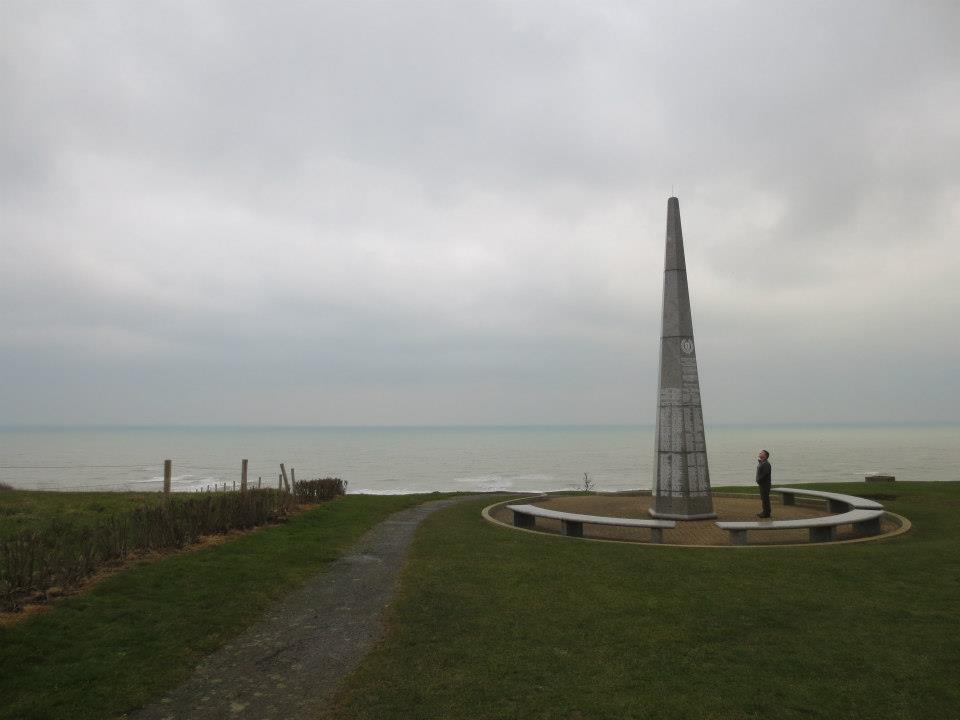
(Melissa Leon/American Military News)
A look in the opposite direction:
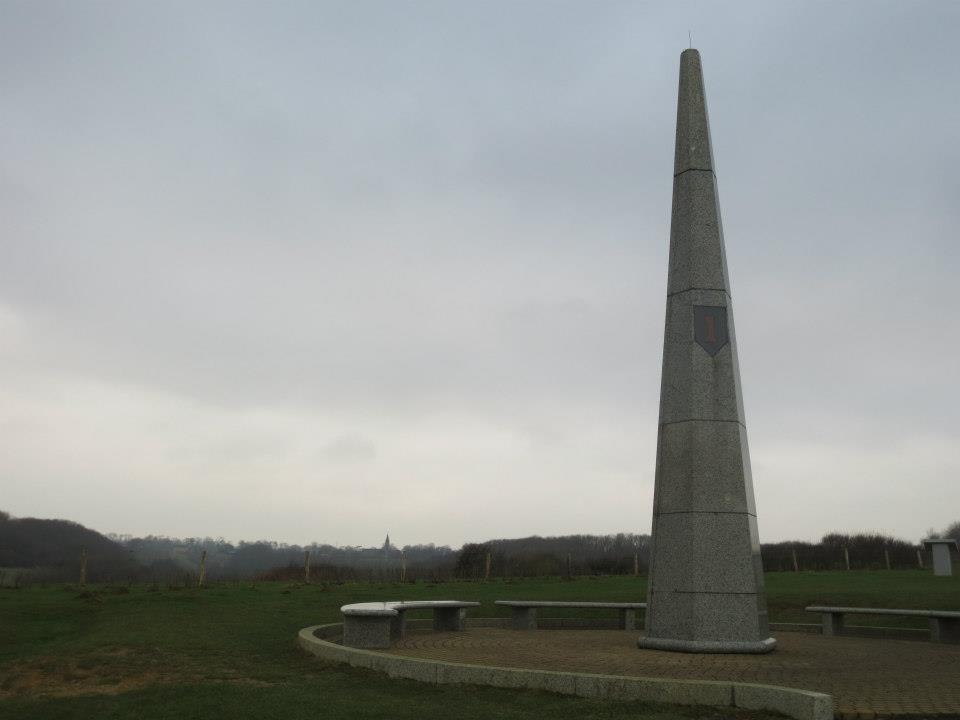
1st Infantry Division Monument, Normandy, France (Melissa Leon/American Military News)
There is a 5th Engineer Special Brigade monument at Omaha Beach:

5th Engineer Special Brigade Monument, Normandy, France (Melissa Leon/American Military News)
The monument reads, “For exceptional services of war rendered in the course of the operation of liberation of France.” It also lists the “valiant Americans of the 5th Engineer Special Brigade who gave their lives in the assault on this beach on 6 June 1944.”
A view of Omaha Beach:
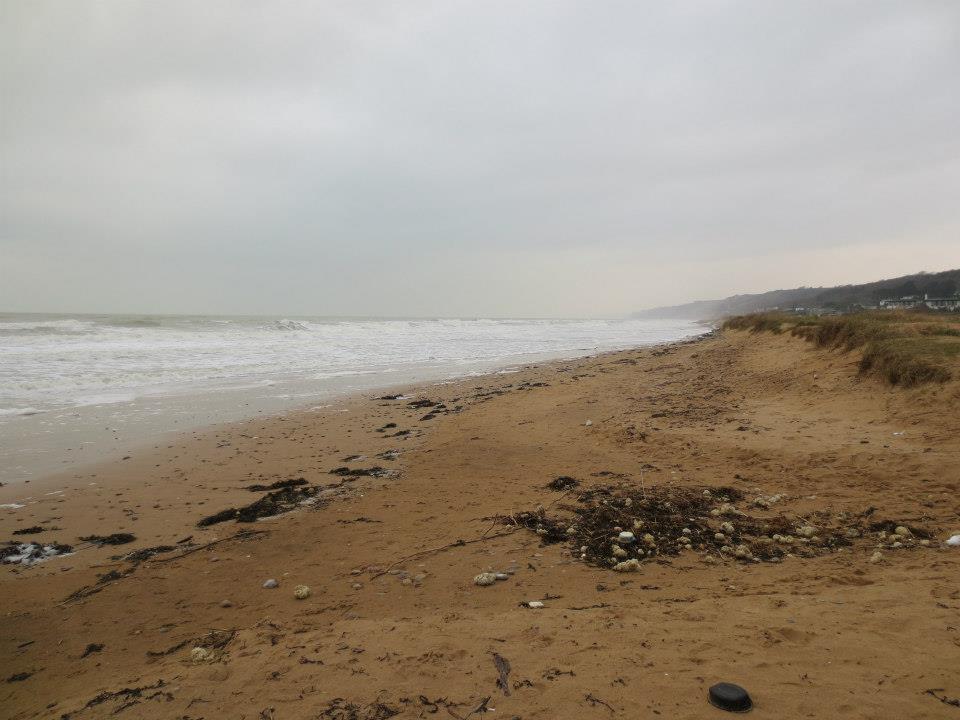
Omaha Beach (Melissa Leon/American Military News)
A monument to the 29th Infantry Division:
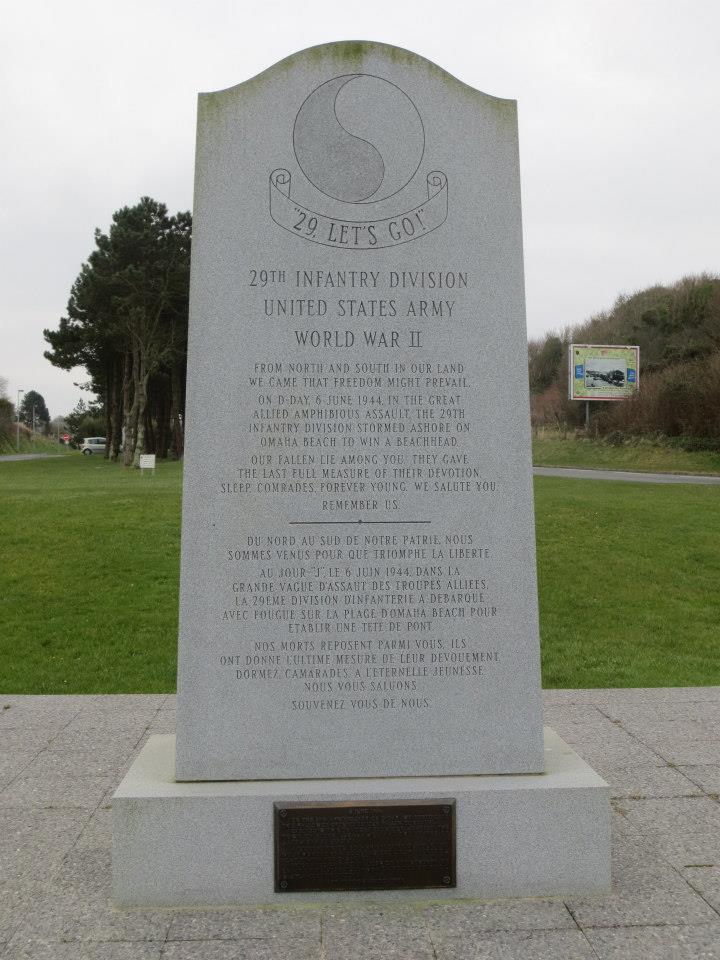
(Melissa Leon/American Military News)
A monument to the U.S. National Guard units that responded on D-Day:

National Guard Association Monument, Normandy, France (Melissa Leon/American Military News)
There is a stone laid to remember those Rangers who took Pointe du Hoc.

Memorial stone for Pointe du Hoc (Melissa Leon/American Military News)
A monument to the 90th Infantry Division:
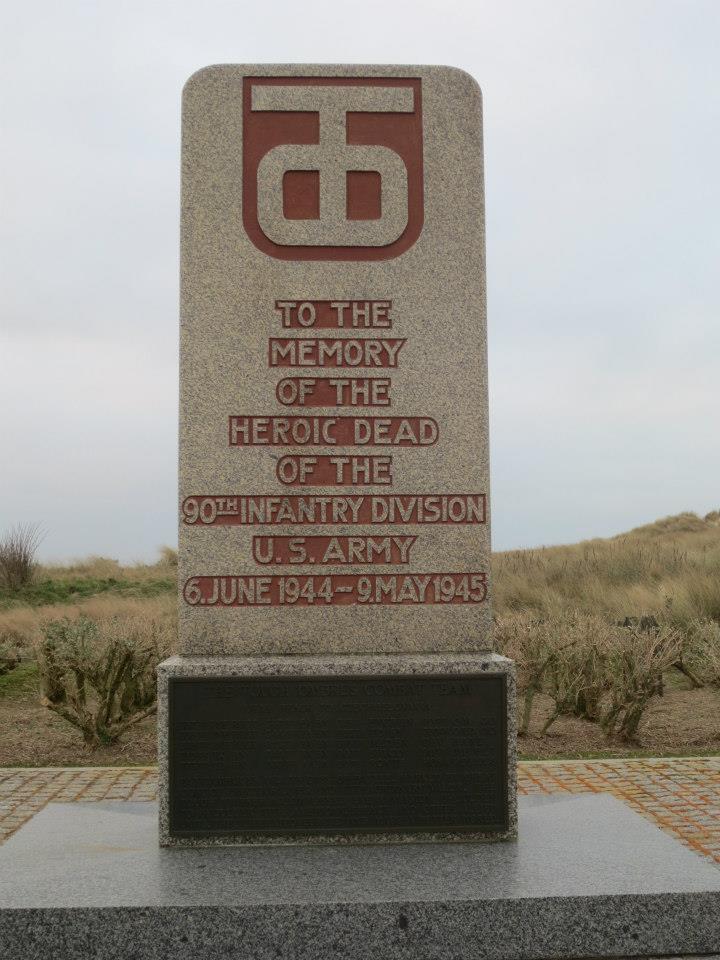
Monument to the 90th Infantry Division (Melissa Leon/American Military News)
A monument for the 1st Engineer Special Brigade:

A monument to the 1st Engineer Special Brigade (Melissa Leon/American Military News)
A monument for the 101st Airborne:

A monument for the 101st Airborne Division (Melissa Leon/American Military News)



